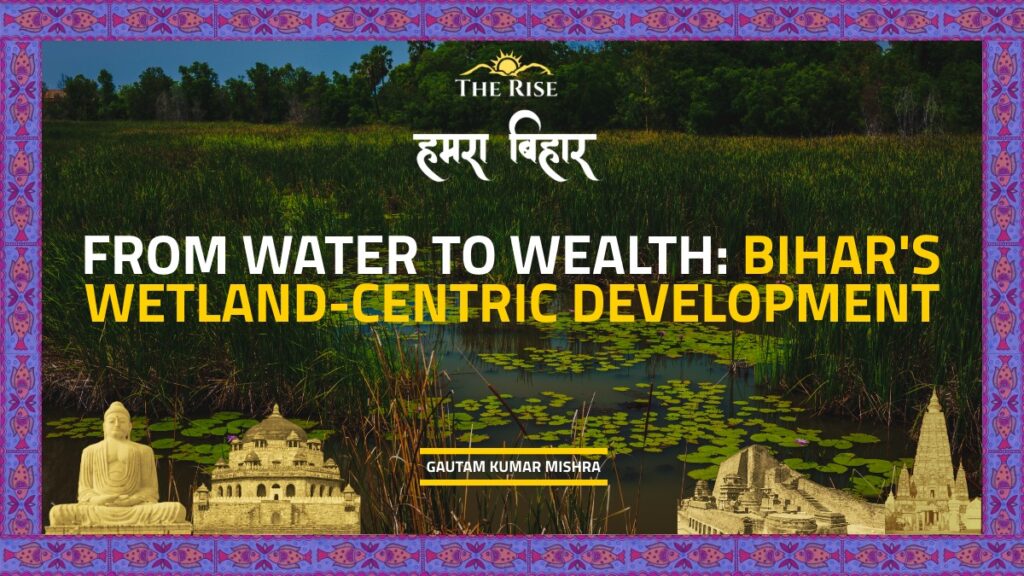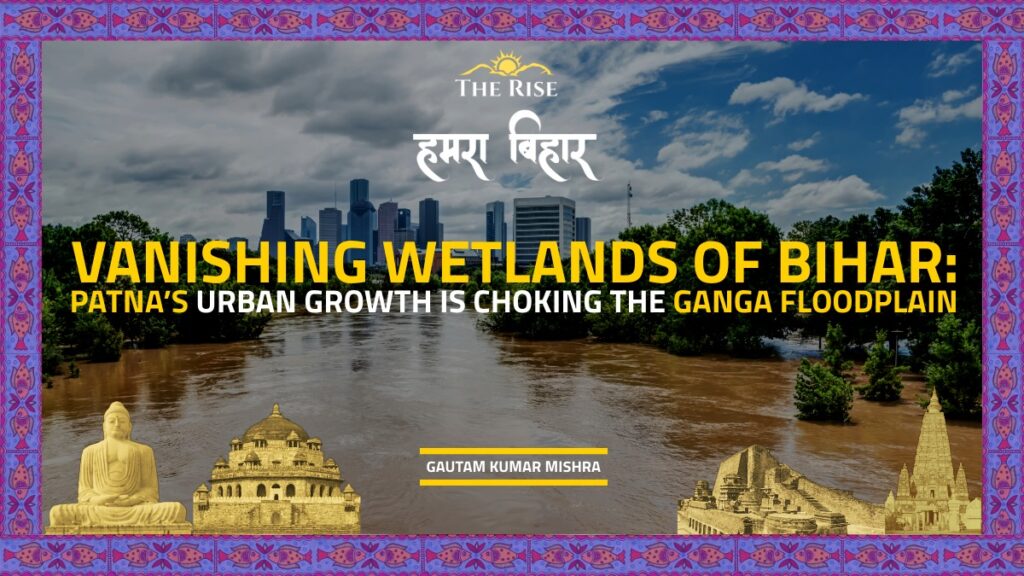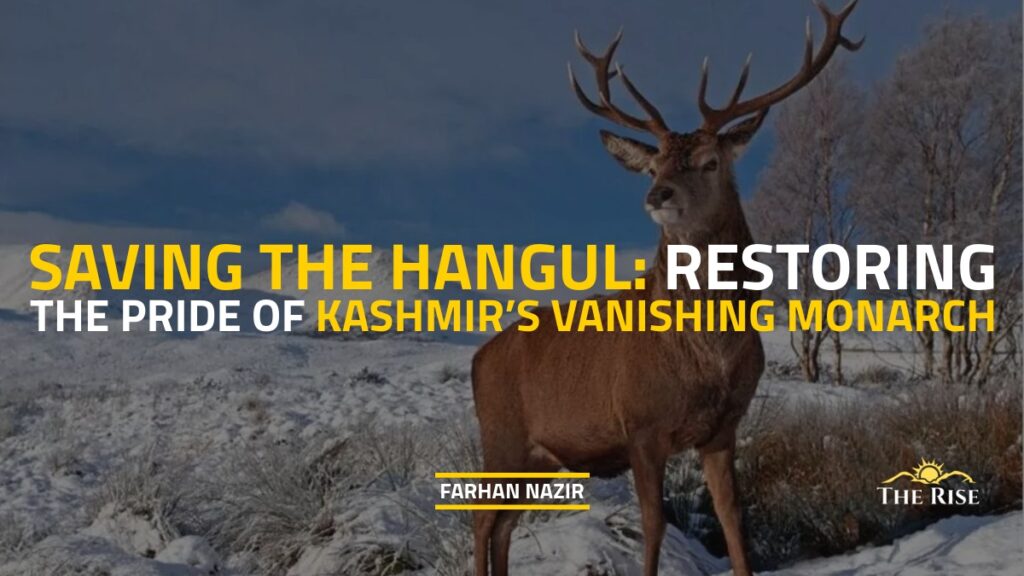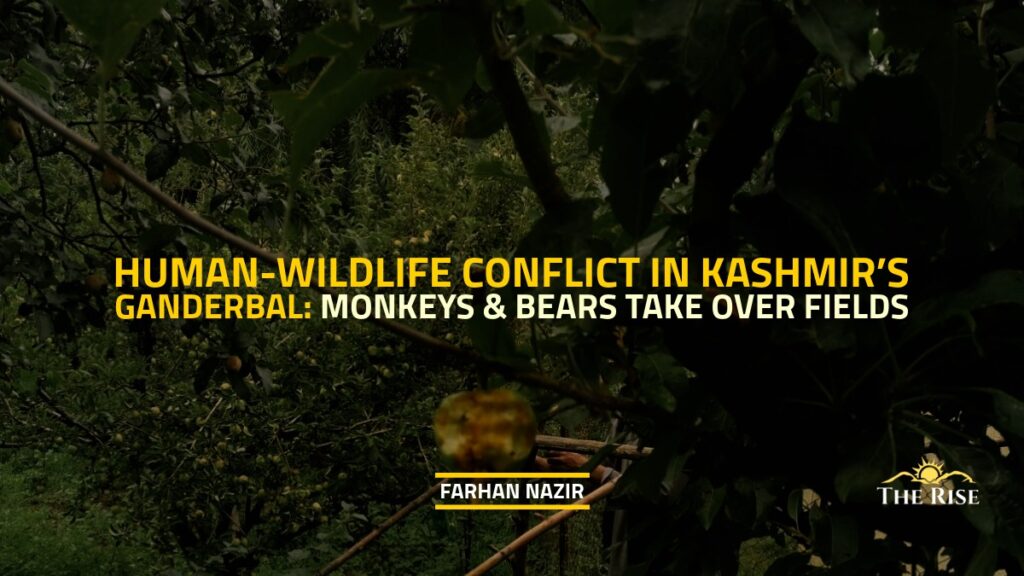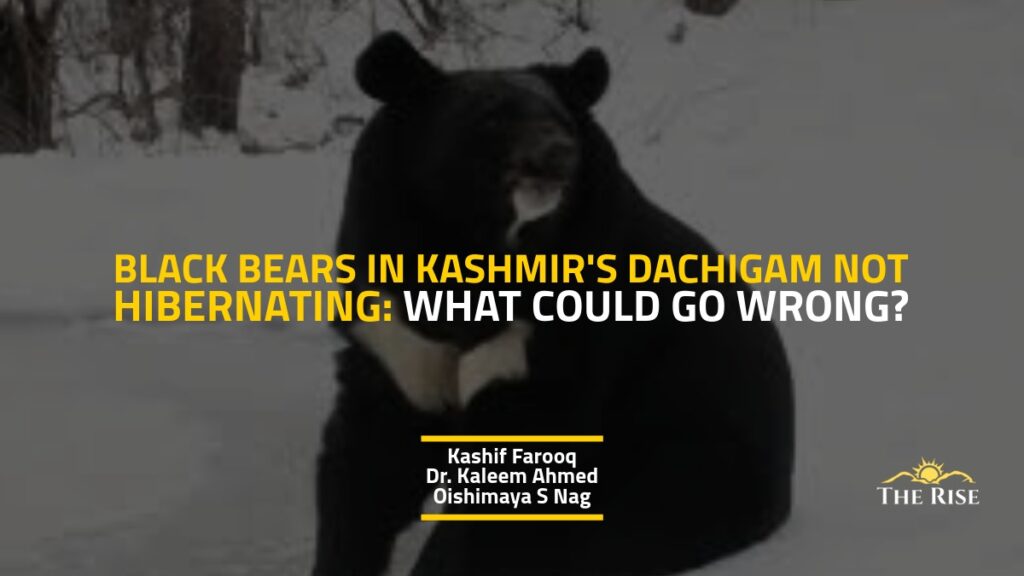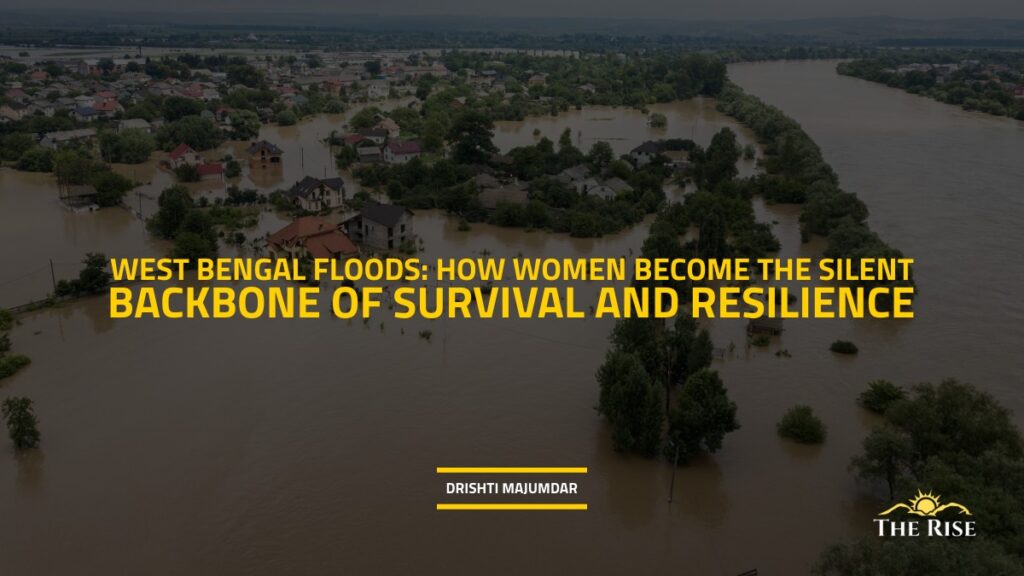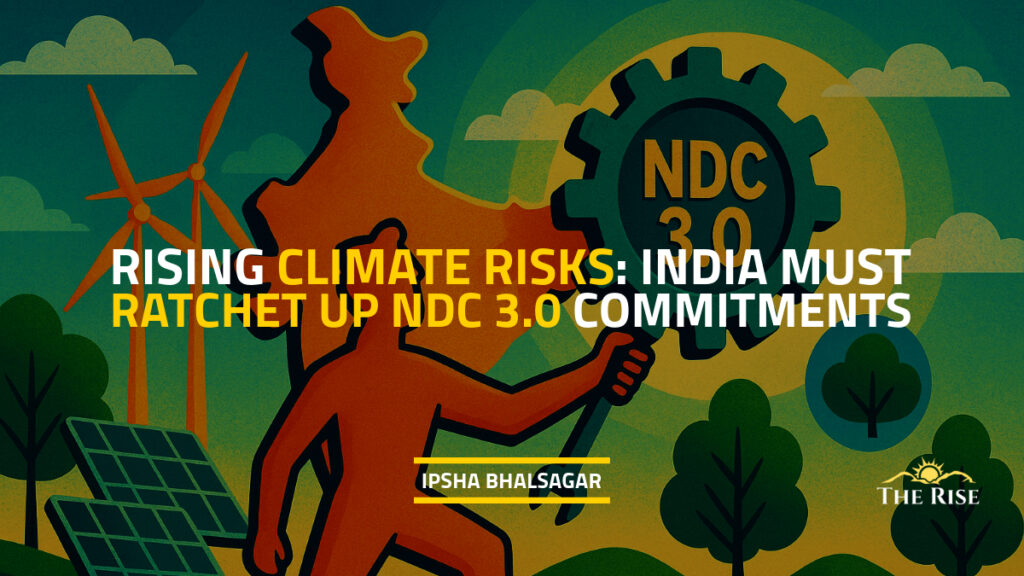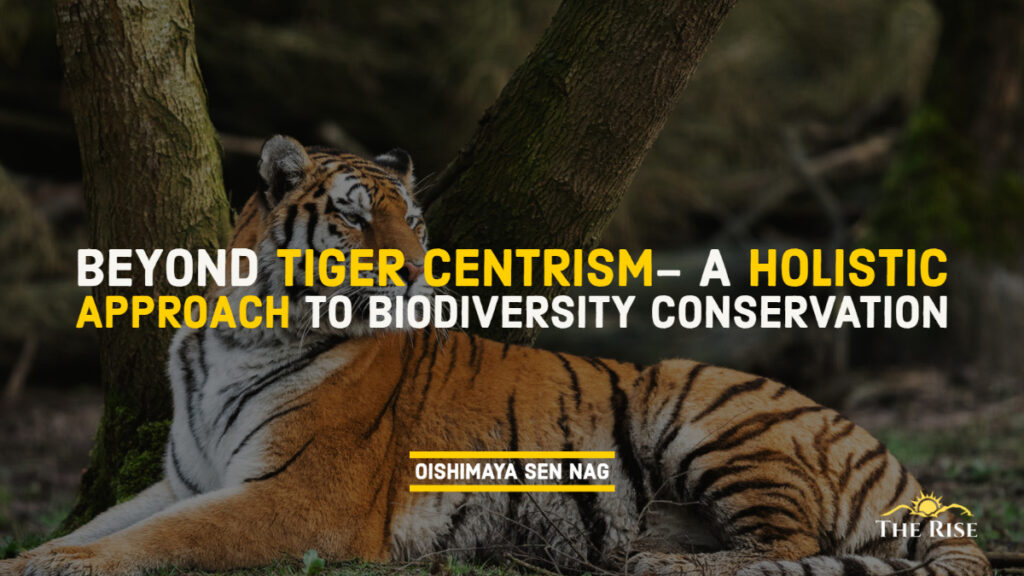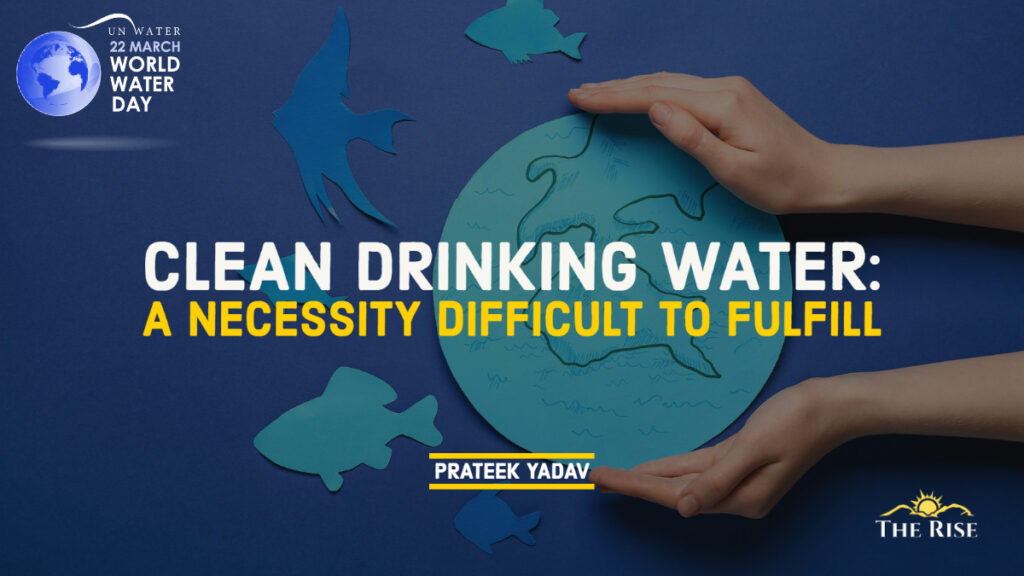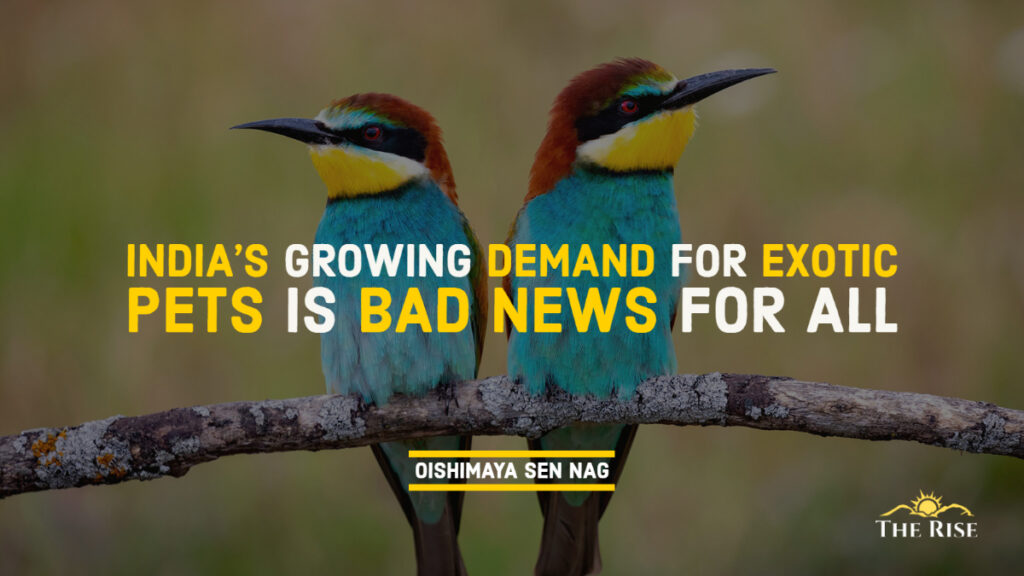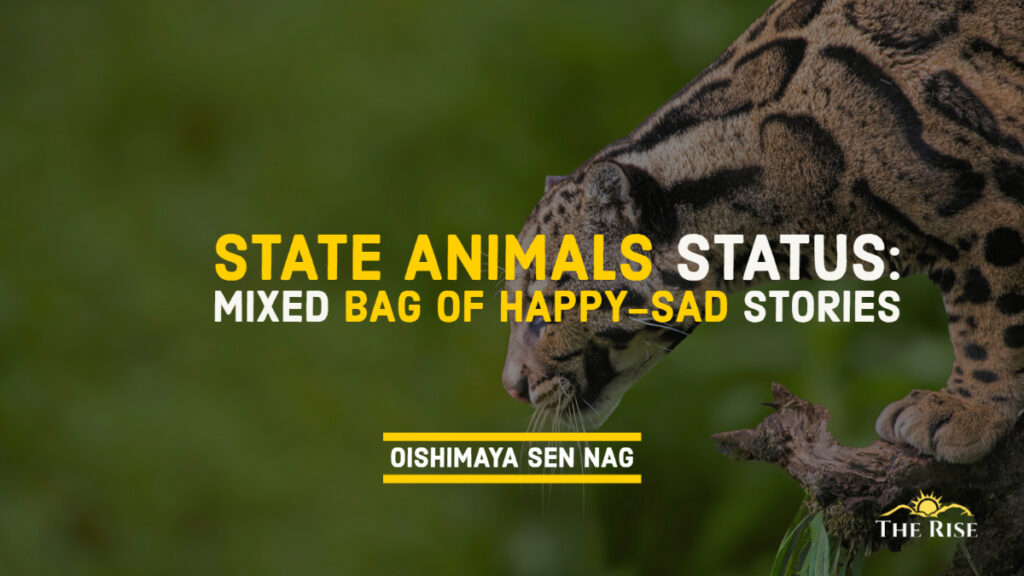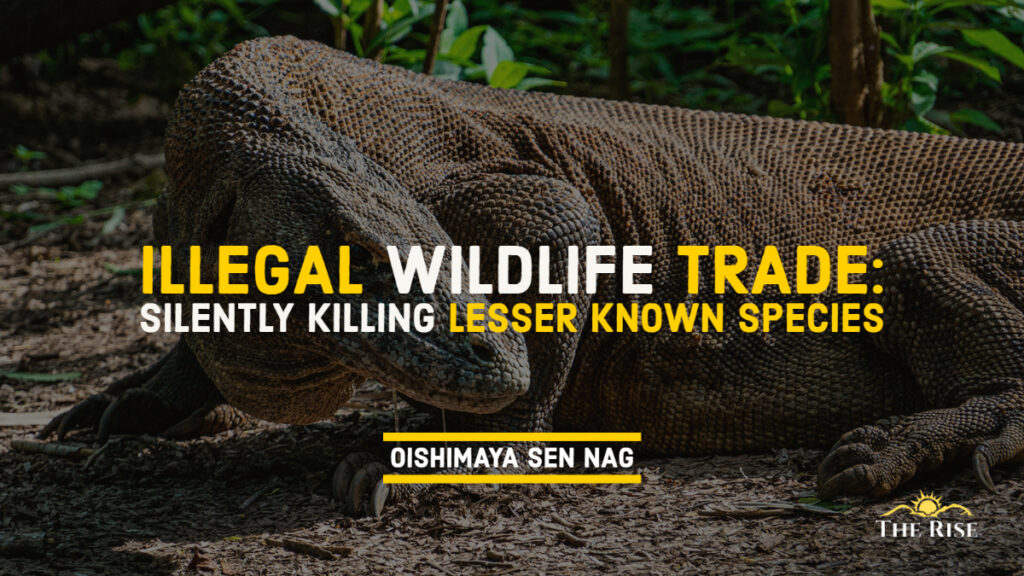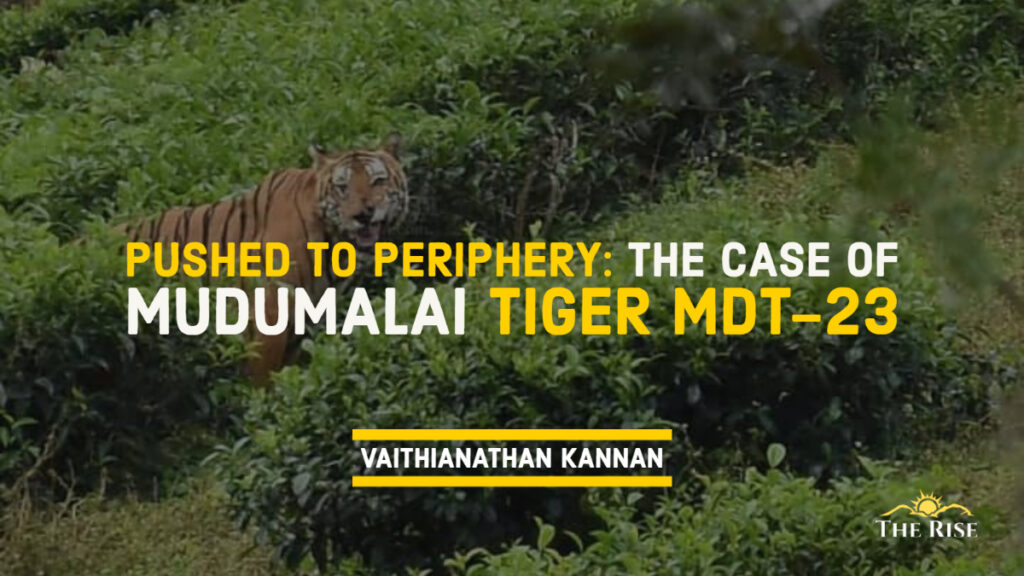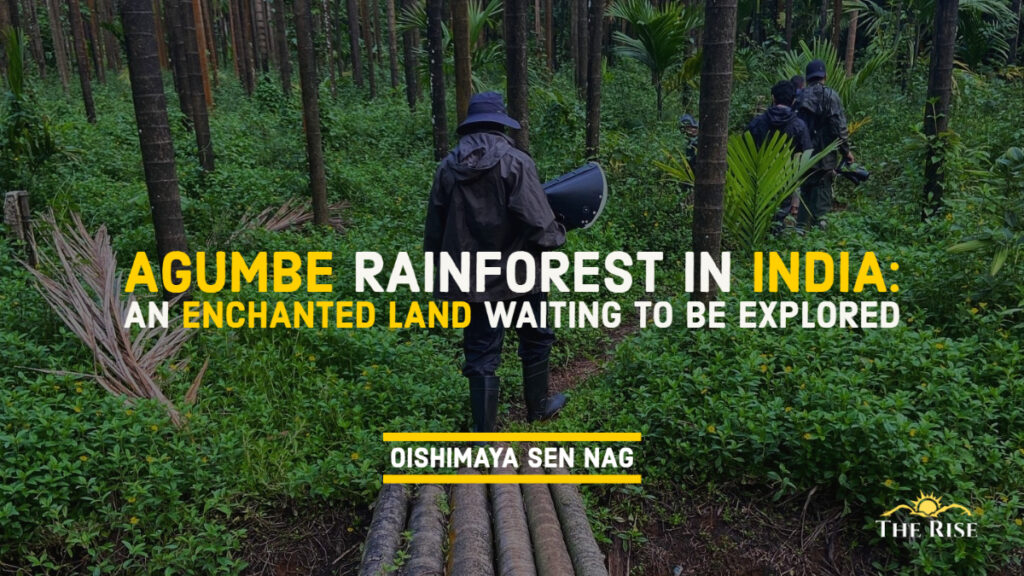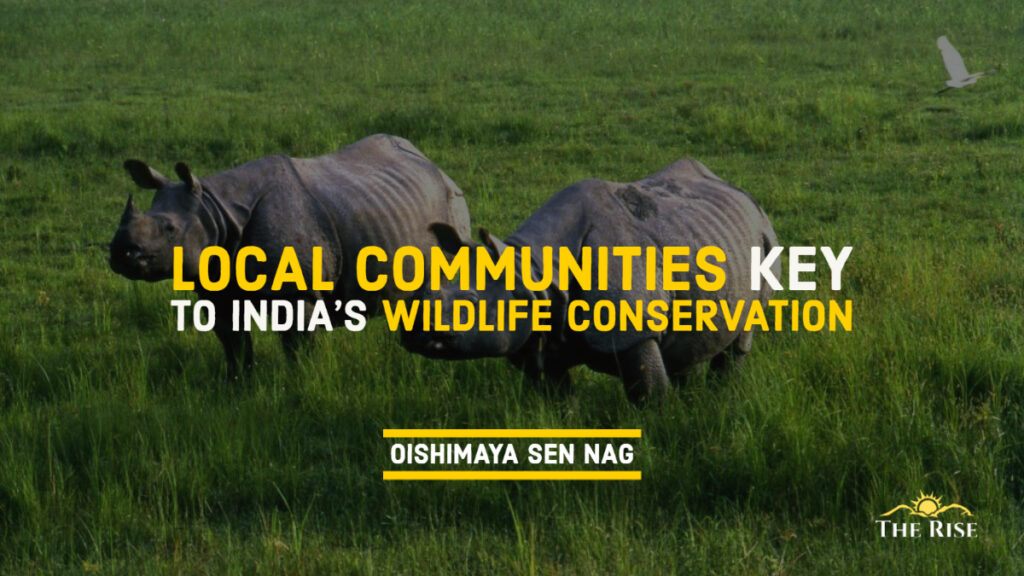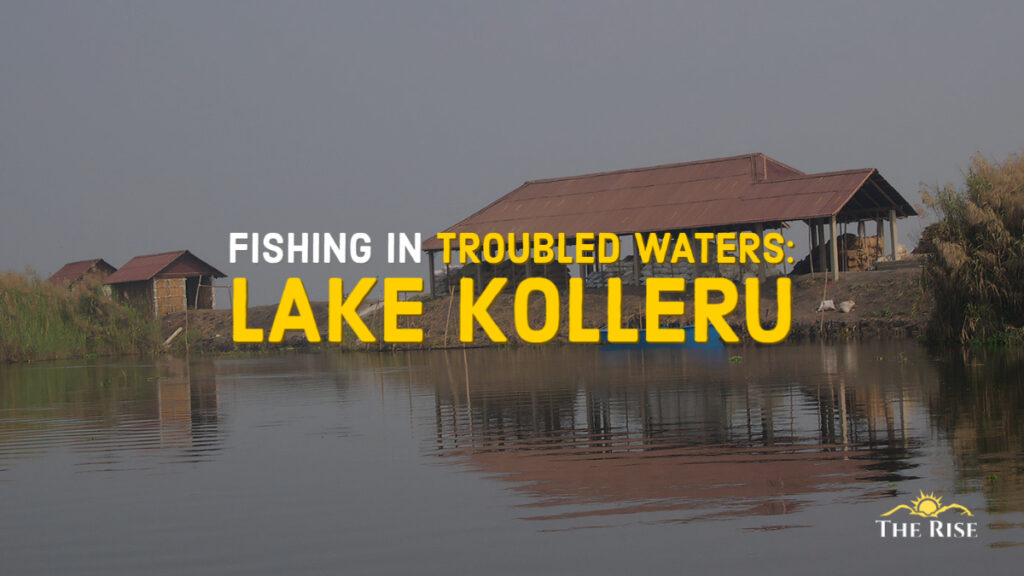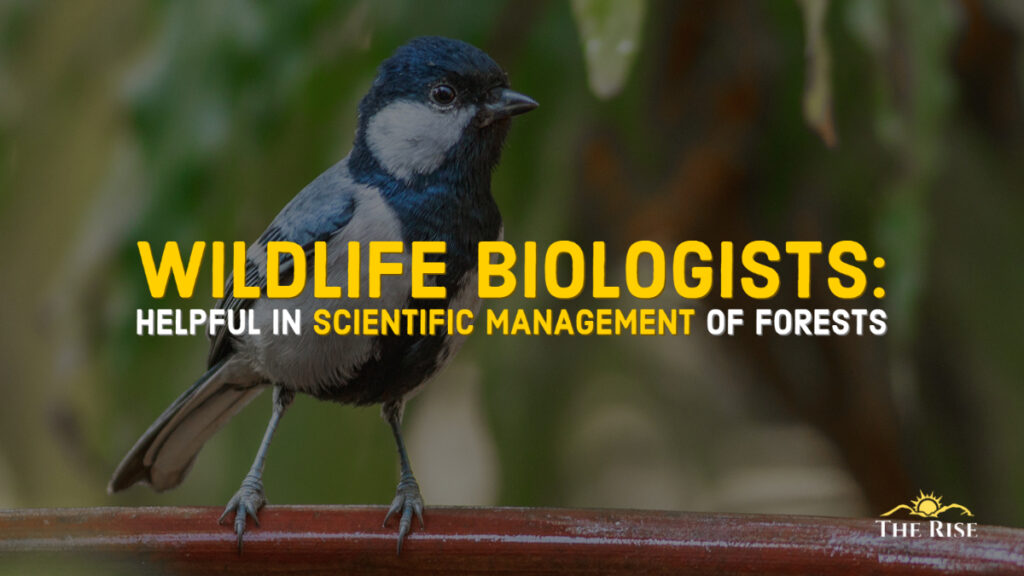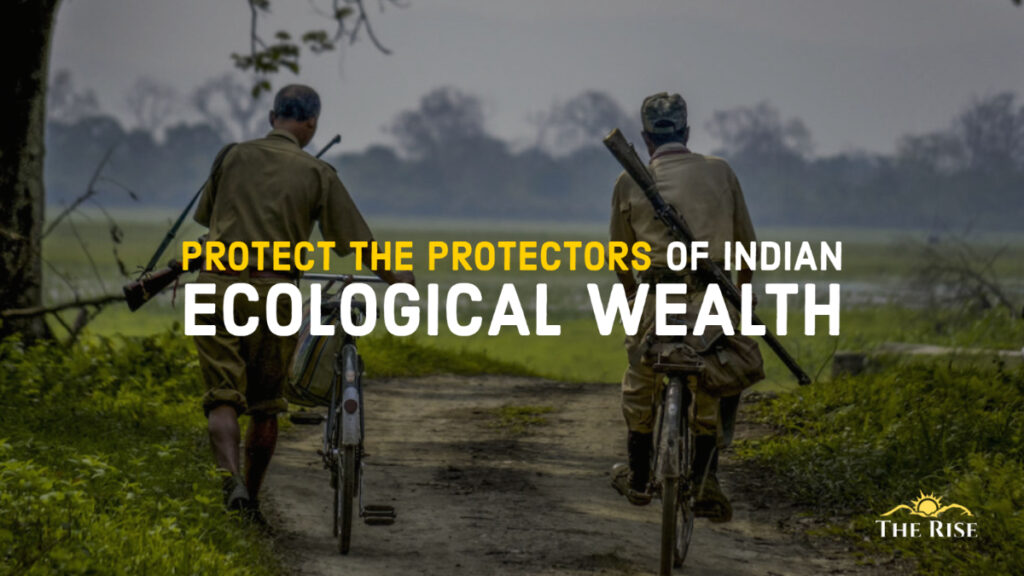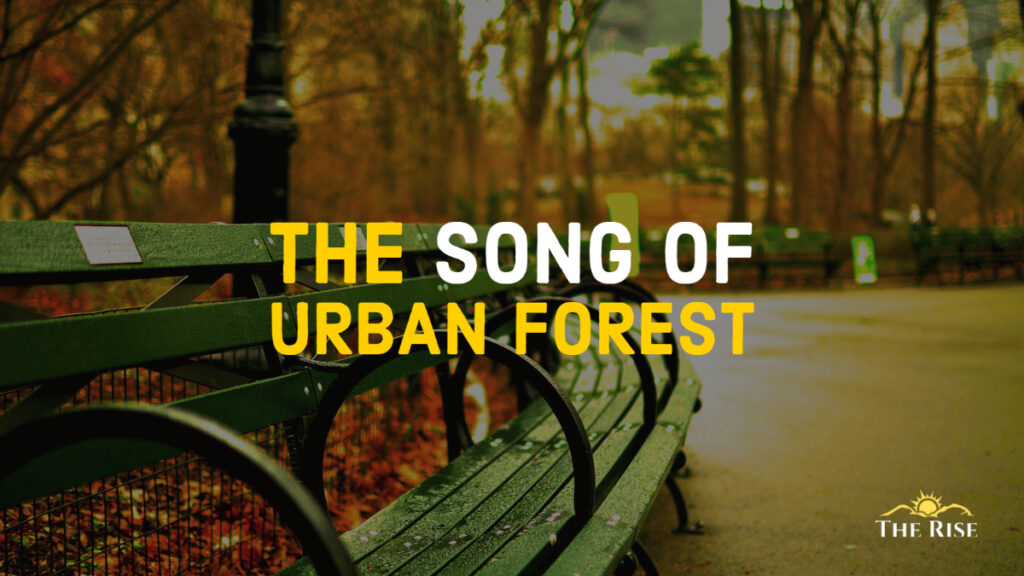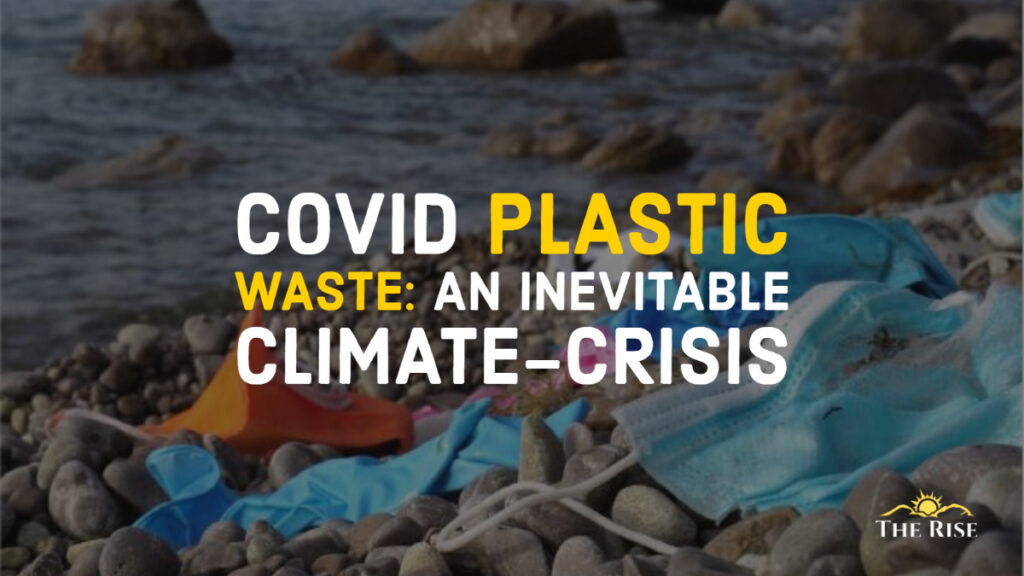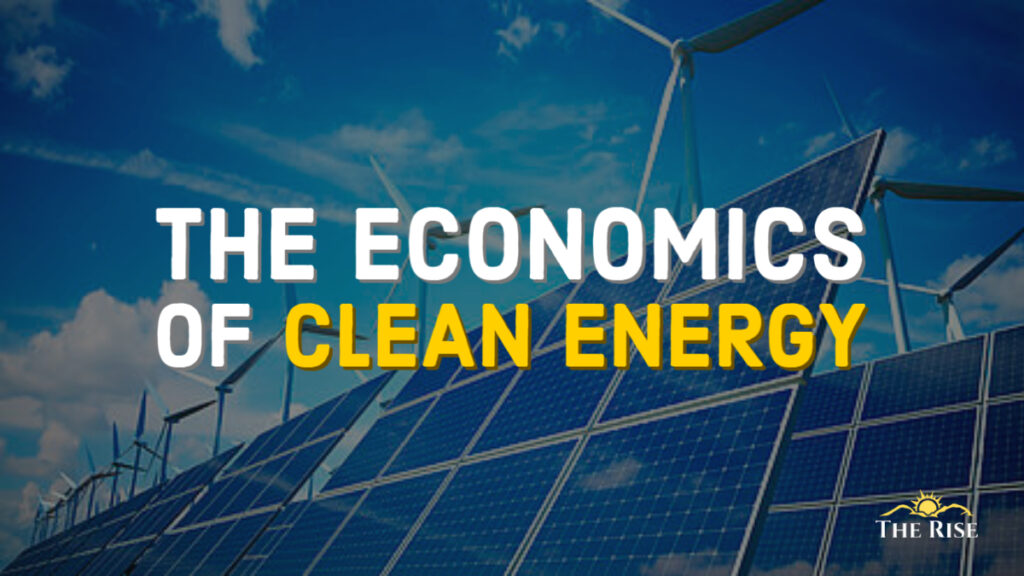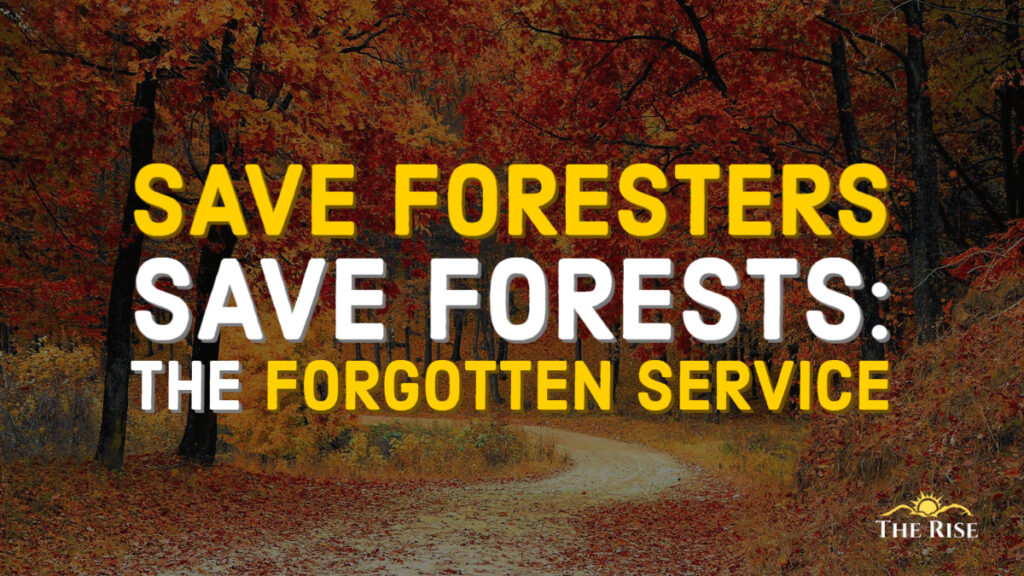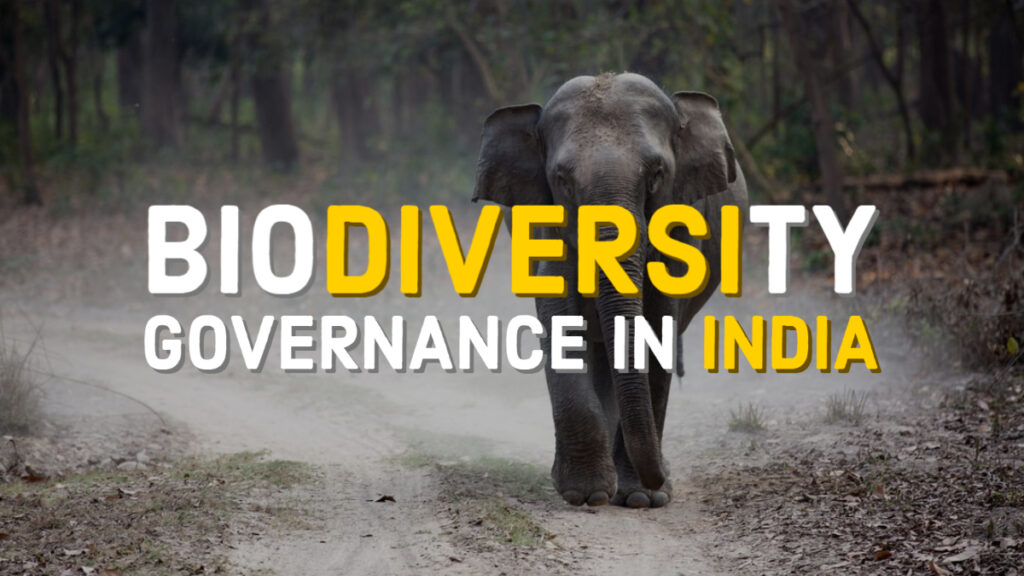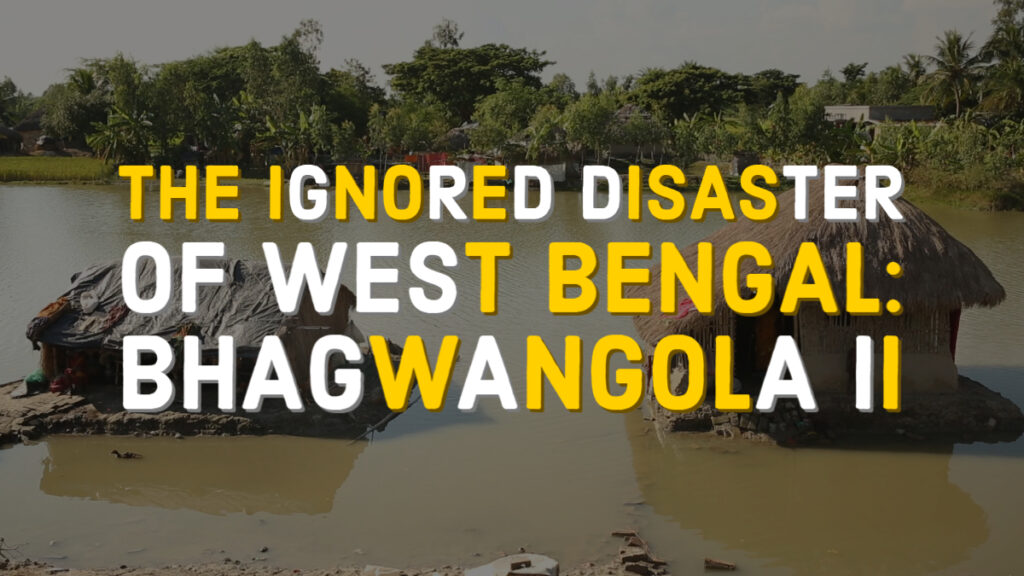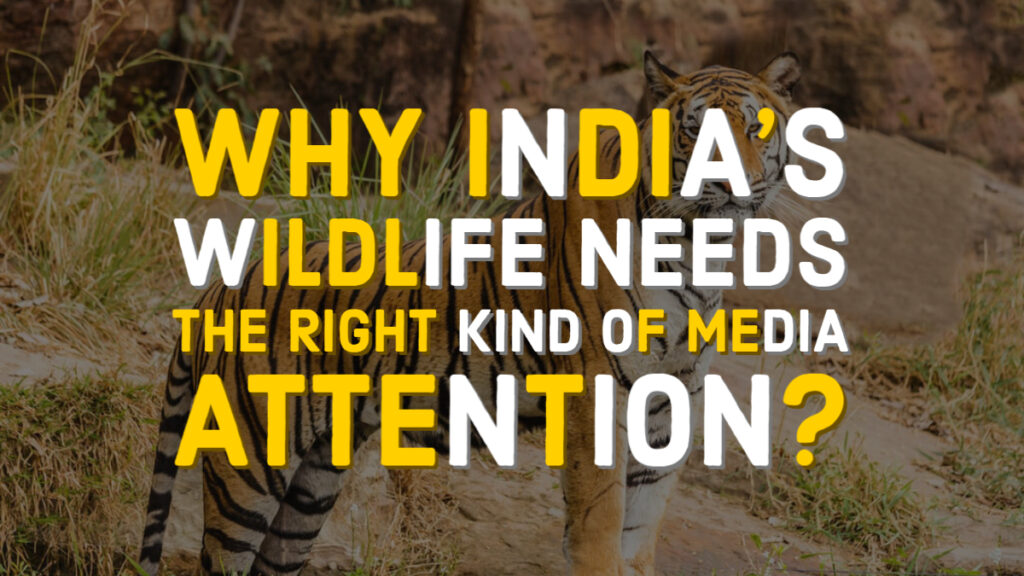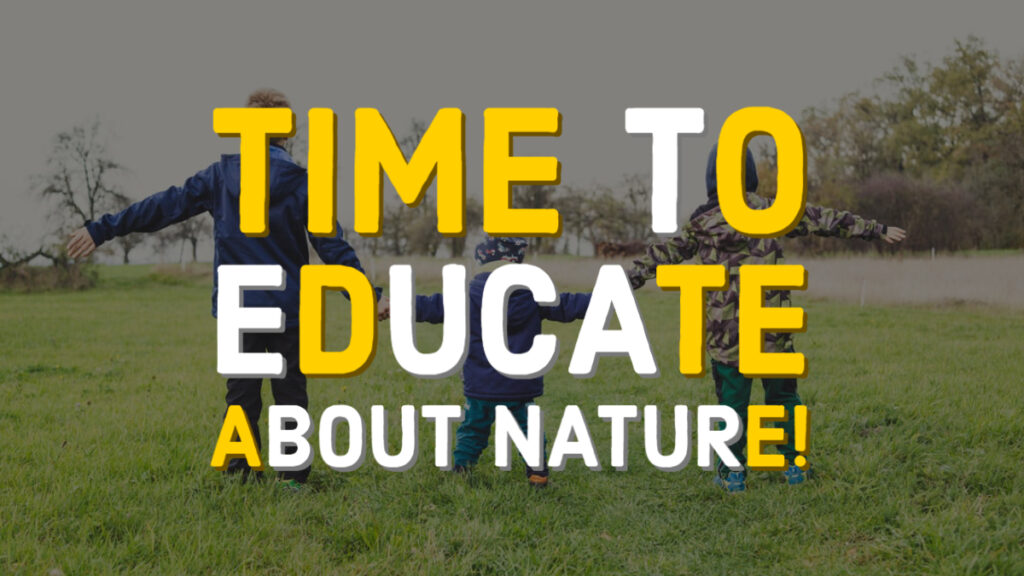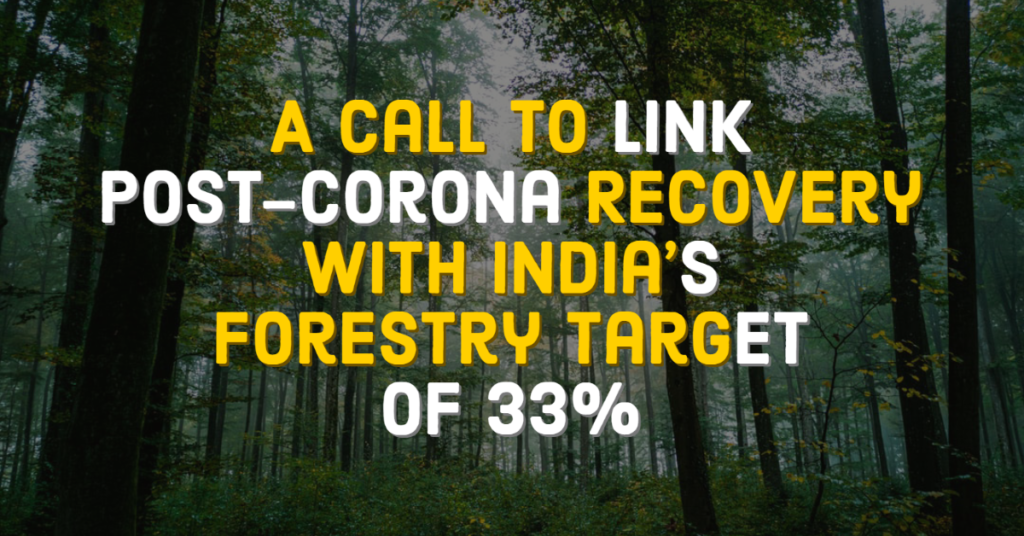Biodiversity or wildlife-related conflicts are often described as situations where wildlife comes into conflict with humans over common resources. However, in many situations, particularly in those where conservation organizations are active, conflicts take the form of disputes between different stakeholder groups over wildlife management goals or priorities, and it is increasingly being acknowledged. Recent research shows that the development of conservation management schemes is affected by a multifaceted range of criteria and this has implications for the design of such schemes, and the way in which their aims are communicated to those affected and executed. There is now a growing awareness amongst conservation biologists that sociological and psychological approaches are often required to achieve a realistic understanding of such issues. Local communities are carrying a very heavy burden of conservation, while elites have the pleasure of enjoying the wilderness and wildlife, resulting in the cost-benefit ratio of conservation being strongly skewed in favour of tourism companies, national governments, and the international conservation community. Compensation and enhanced assistance to the locals should be regarded as a payment for ecosystem service they were generationally safeguarding and contributing towards its sustenance.

